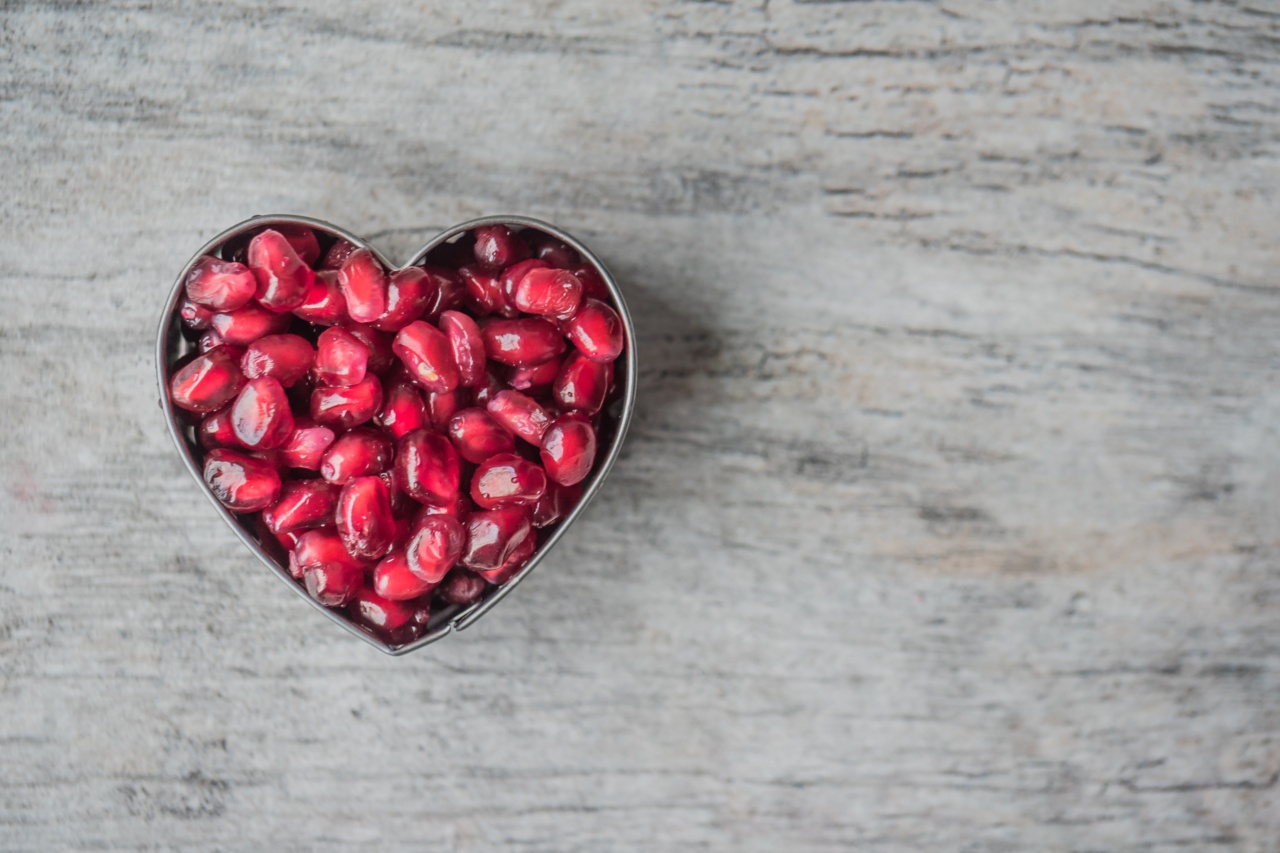The Viking diet, also known as the Norse diet, is gaining popularity for its numerous health benefits. Inspired by the dietary habits of the ancient Norse warriors, this diet focuses on wholesome, natural foods that are high in protein and healthy fats.
By embracing the Viking diet, you can not only improve your overall health but also get your heart pumping. In this article, we will explore the key principles of the Viking diet and how it can benefit your cardiovascular health.
Eat Like a Viking
The Viking diet is primarily based on foods that were available during the Viking Age, from the 8th to the 11th century. This diet emphasizes whole, unprocessed foods, with a focus on protein-rich sources such as fish, lean meats, and legumes.
It also includes plenty of fruits, vegetables, nuts, and seeds, providing a wide range of vitamins, minerals, and antioxidants.
High in Omega-3 Fatty Acids
The Viking diet is rich in omega-3 fatty acids, predominantly found in fatty fish like salmon, mackerel, and herring.
These essential fatty acids play a crucial role in maintaining heart health by reducing inflammation, decreasing triglyceride levels, and improving overall blood vessel function. Incorporating omega-3 rich foods into your diet can significantly reduce the risk of cardiovascular diseases, including heart attacks and strokes.
Power of Berries
Berries, such as blueberries, strawberries, and lingonberries, were abundant during the Viking era and are an integral part of the Viking diet.
These tiny powerhouses are packed with antioxidants that help combat oxidative stress, reduce blood pressure, and improve blood flow. Regular consumption of berries has been linked to a lower risk of heart disease and improved cardiovascular function.
Emphasis on Game Meats
Vikings relied heavily on game meats due to the abundance of wildlife in Scandinavia. Game meats like venison, elk, and wild boar are leaner than commercially raised meats and provide essential nutrients like iron and vitamin B.
These lean meats contribute to maintaining healthy blood pressure levels, preventing the risk of atherosclerosis, and decreasing the likelihood of heart-related complications.
Healthy Fats and Nuts
The Viking diet incorporates a variety of healthy fats, including those from nuts, seeds, and plant-based oils.
Walnuts, almonds, chia seeds, and flaxseeds are particularly favored for their high omega-3 fatty acid content, fiber, and other heart-healthy nutrients. Including these nuts and seeds in your diet can help lower LDL cholesterol levels and reduce the risk of heart disease.
Seaweed, a Viking Superfood
Seaweed might not be commonly associated with the Viking era, but it was indeed a part of their diet. Seaweed, such as dulse and kelp, is an excellent source of minerals like iodine, magnesium, and calcium.
Iodine is vital for a healthy thyroid, which plays a crucial role in regulating metabolism and maintaining cardiovascular health. By incorporating seaweed into your diet, you can support proper thyroid function and promote heart health.
Hearty Whole Grains
While the Viking diet doesn’t eliminate grains, it focuses on whole grain options like barley, oats, and rye. These grains are rich in dietary fiber, which aids in digestion, regulates blood sugar levels, and helps maintain a healthy weight.
The high-fiber content in whole grains also contributes to reducing the risk of heart disease and improving overall heart health.
Fermented Foods and Dairy
Fermented dairy products such as yogurt, kefir, and cheese were consumed by the Vikings. These foods are rich in probiotics that promote a healthy gut microbiome, which has a direct influence on heart health.
A healthy gut microbiome helps reduce inflammation, regulate cholesterol levels, and improve overall cardiovascular function.
Reduction in Processed Foods
One of the key aspects of the Viking diet is the minimal consumption of processed foods. Processed foods, including refined sugars, artificial additives, and trans fats, have been linked to a higher risk of heart disease.
By eliminating or reducing processed foods from your diet and opting for natural, whole foods instead, you can significantly improve your heart health.
Physical Activity and the Viking Diet
The Viking lifestyle was characterized by physical strength and endurance. Along with following the Viking diet, incorporating regular physical activity into your routine is essential for overall cardiovascular health.
Engaging in activities like weightlifting, swimming, hiking, or even participating in historical reenactments can complement the benefits of the Viking diet and promote a healthy heart.
Conclusion
The Viking diet offers a wholesome approach to nutrition, focusing on natural, unprocessed foods that promote heart health.
By incorporating lean meats, fatty fish, berries, nuts, and seeds into your diet, you can reduce the risk of heart disease, improve blood pressure, and enhance overall cardiovascular function. Remember to combine this diet with regular exercise and an active lifestyle for optimal results. Embrace the Viking diet to get your heart pumping and unleash your inner warrior!.






























